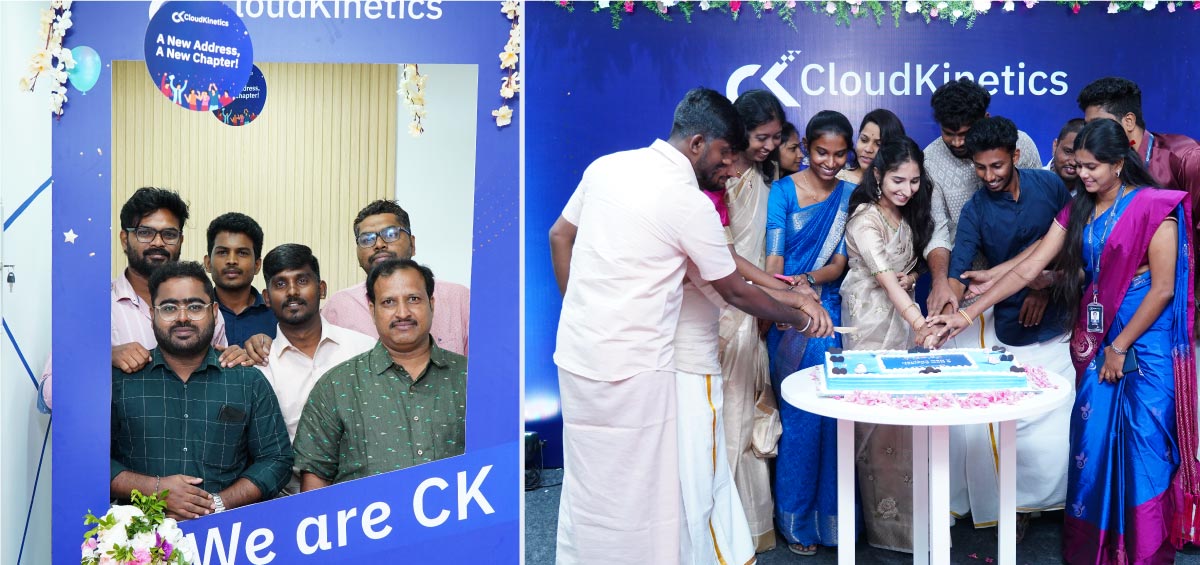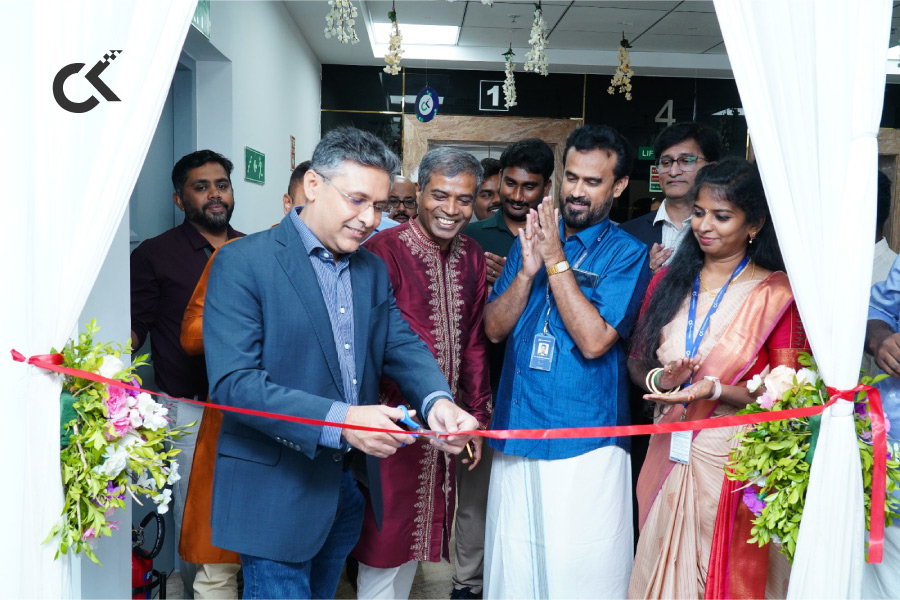Chennai, India, 19 Sep 2024 – Leading cloud and data transformation company Cloud Kinetics recently opened a new regional office in Chennai. Cloud Kinetics is headquartered in Singapore and runs global operations across the Indian subcontinent, ASEAN, United States and Australia. The new regional office in Chennai will further strengthen Cloud Kinetics’ growing presence in India and also serve as one of the company’s global delivery hubs.

Located in the Futura Tech Park at the Information Technology Corridor of Sholinganallur, the state-of-the-art facility was inaugurated by members of the leadership team including Haji Munshi, Group Chief Executive Officer, and Joe Francis, Managing Director – India. Several premier technology partners and customers of the company were also in attendance along with the Cloud Kinetics team.
The opening of the new office signals a larger commitment to expanding the company’s presence in the subcontinent as a global delivery centre.
Explaining the significance of the move, country MD Joe Francis said, “India has emerged as a strong hub for Cloud Kinetics’ Consulting and Managed Services in the areas of Cloud, Applications and Data. The opening of the Chennai office will help us strengthen our position in the region even as we extend services to customers in Asia, Australia, the United States and beyond.”
Cloud Kinetics is already a well-established name in the APAC region where it has won multiple awards for innovation and excellence in the field. With its growing presence in Asia, ANZ and the United States, the company serves technology needs across industries, enabling businesses transformation with the help of technology and digital overhauls.

Recognizing the emergence of India as a power hub, Cloud Kinetics is focussing on growth in the region. This emerged as a theme for the launch centred around “Growth, Innovation, and Opportunity”, with the leadership outlining the potential for tapping the cloud and digital solutions to drive business growth and innovation.
As CEO Haji Munshi said, “This new office kicks off the next phase of our journey in the country. We will continue to follow the Cloud Kinetics ethos of working closely to help businesses thrive in the cloud, nurturing innovation with agile, scalable technology solutions.”

The company is taking a long-term view on presence in the region and ensuring it gives back as an active member of the local community. As part of Cloud Kinetics commitment to the environment, a tree planting exercise was also conducted on the day as a CSR effort. With the help of Praise Foundation, Eco Club students, and the Candles Volunteers, 51 fruit-bearing tree saplings were planted at Thiruthangal Nadar College, Chennai. Cloud Kinetics dedicated these trees to customers and partners who have been allies and have contributed to the company’s regional growth.




